This week in the garden, a few interesting weeds are cropping up. Let’s take a closer look at each one and share some tips on dealing with them:
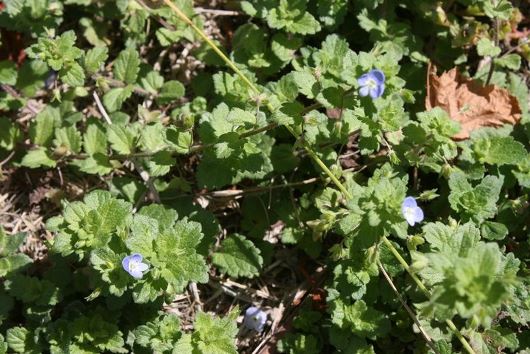
First up is a weed that’s a flat mat of leaves with little blue flowers, growing about a foot across and a few inches high. This early bloomer is a type of Veronica, also known as Speedwell. It’s common and can be easily pulled up.
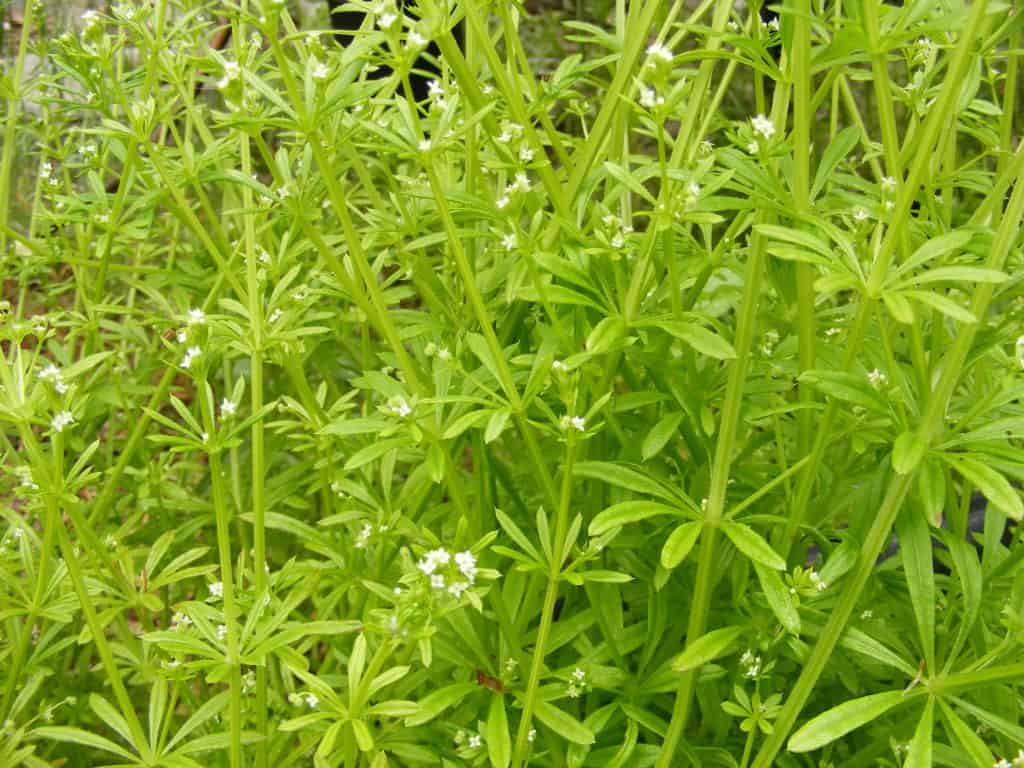
Next, there’s a viny weed with tiny, hooked hairs that stick like Velcro and a square stem. This is known as bedstraw or sticky willy. Historically, it was even used by pioneers for bedding and pillows. It’s another weed that can be pulled out without too much trouble.
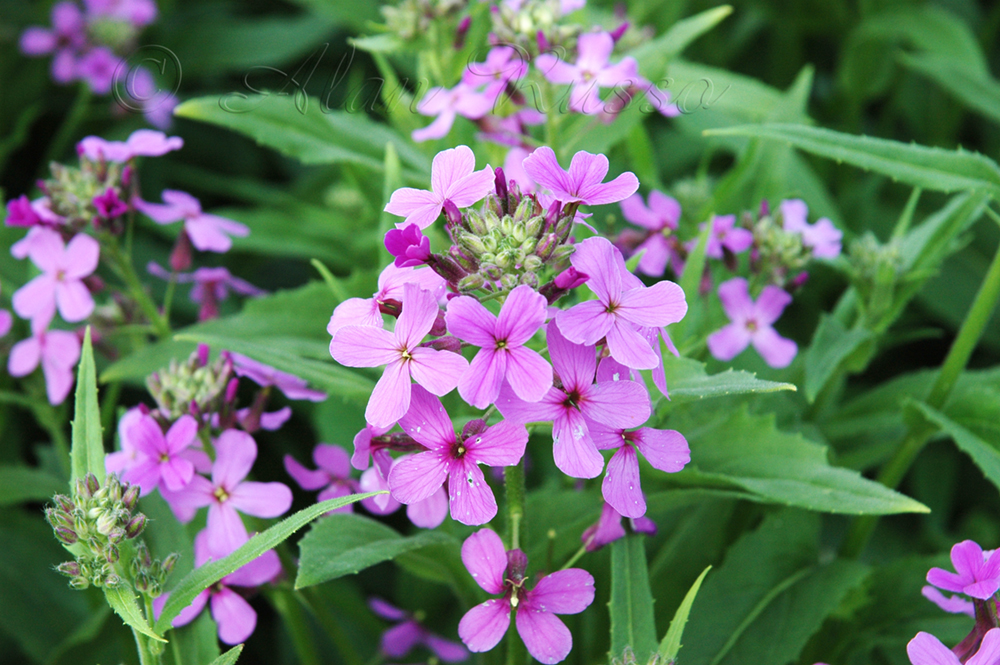
The third weed you see has beautiful blue to violet flowers and resembles phlox. This is wild phlox or Dame’s rocket, often seen along roadways and tree areas. Like the others, it’s a prolific seeder but can be removed by hand. It does make for a great pollinator.
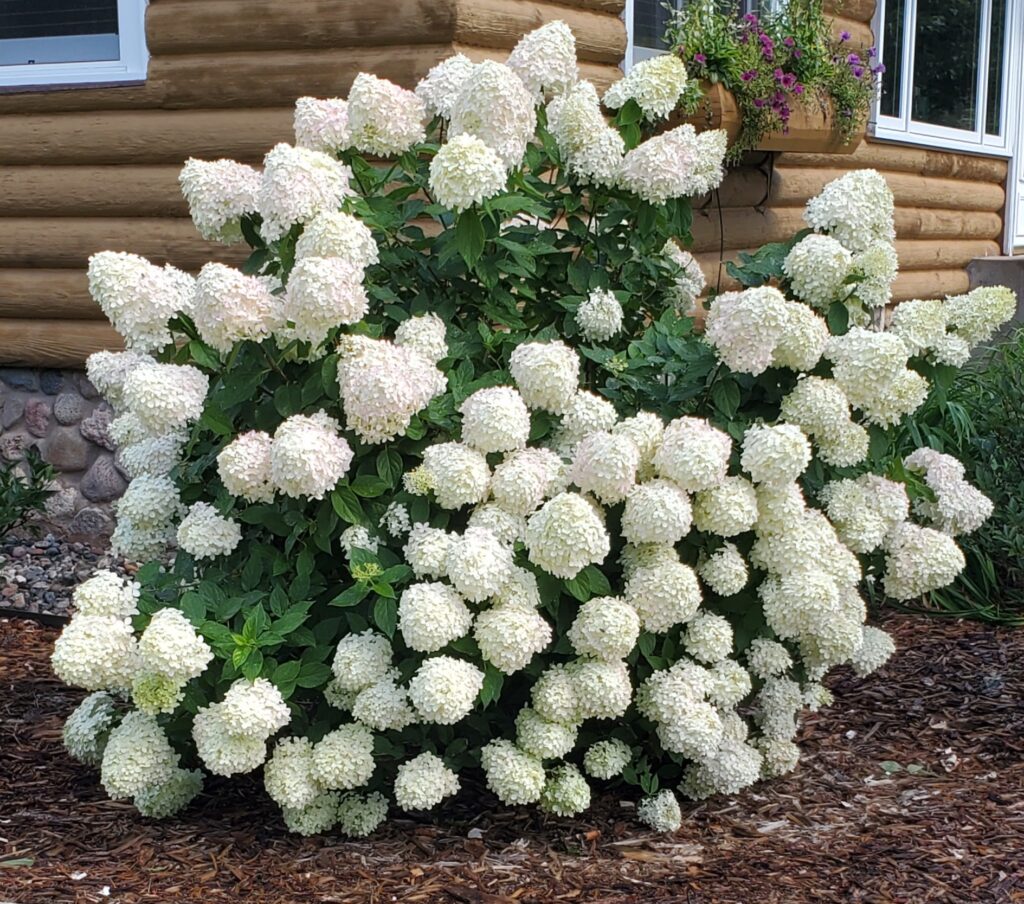
On a different note, you might have noticed some vibrant hydrangeas in greenhouses like blue, pink, and white. If you’ve ever wondered why your blue hydrangeas sometimes turn pink or white the next year, it’s all about the soil pH. Hydrangeas bloom blue in acidic soils (pH below 5.5), purple in slightly less acidic soils (pH between 5.5 and 6.5), and pink or white in neutral to alkaline soils (pH between 6 and 7.5). If you want to keep the deep blue color, plant in soil with extra peat moss and fertilize with a high-acid fertilizer. There are over 75 varieties of hydrangeas to choose from, and most of them prefer moist, shady conditions, especially in the afternoon.
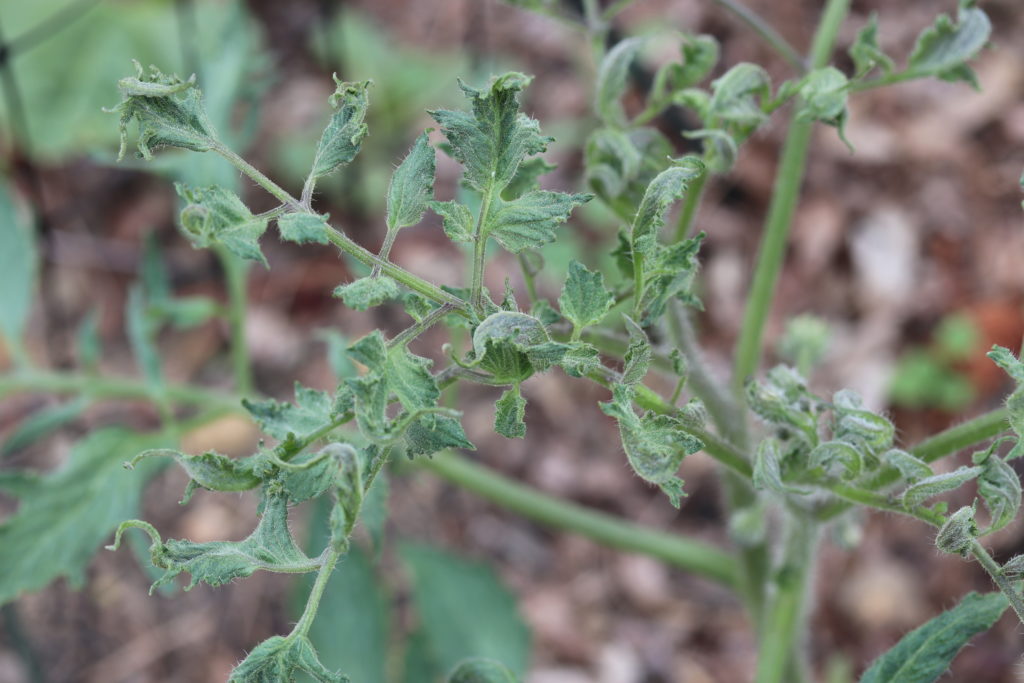
There has been some curling in the leaves of young vegetable plants, like tomatoes, flowers, and some young trees. If no aphids exist, the culprit is likely herbicide injury, possibly from a weed and feed product on the lawn or spray drift. Sometimes, plants can recover if they’re not too badly affected, but being early in the season, you might want to consider replanting or replacing them. If you’ve used a sprayer for herbicides, mark it clearly so it’s not used for anything else. Also, if your lawn has been treated with herbicides, wait for two or three mowings before using the clippings as mulch.
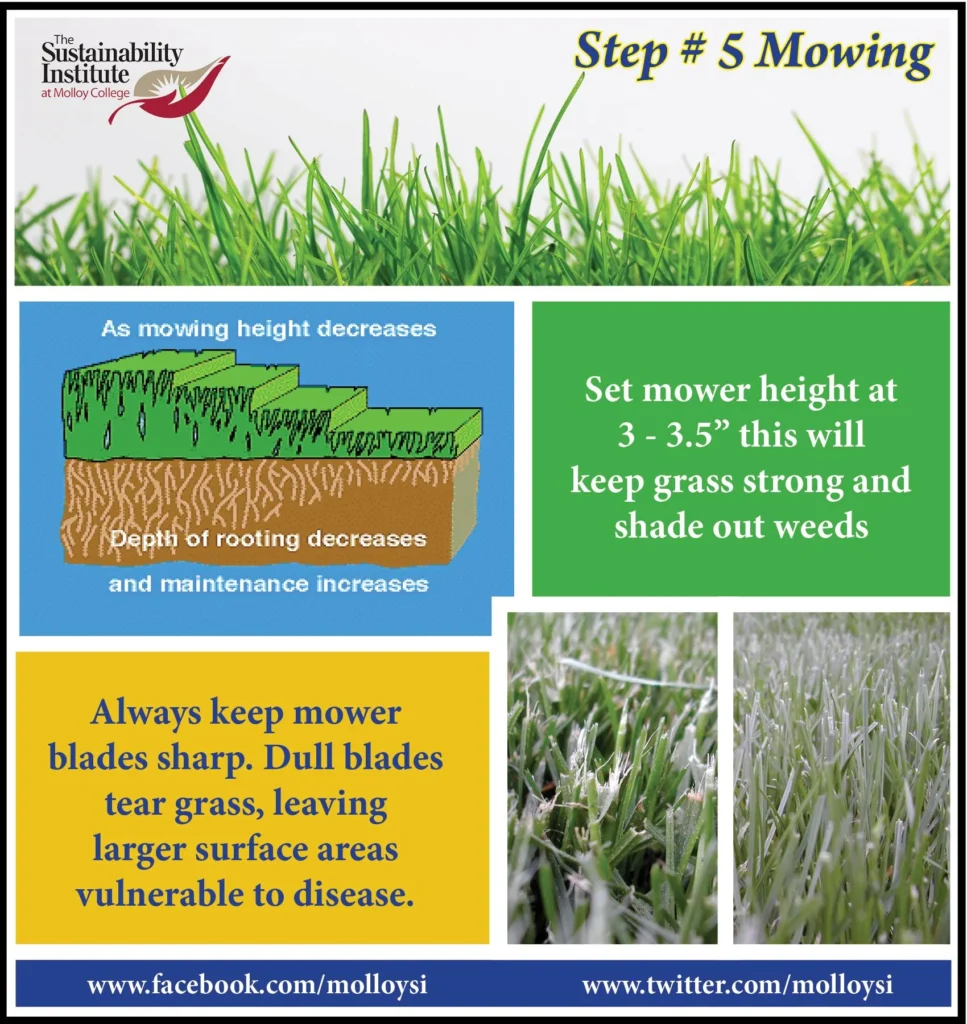
As for lawn care, a good mowing height for bluegrass is 2.5 to 3.5 inches. As the summer heat ramps up, raising the height to 3.5 to 4 inches can help keep the soil cooler and retain moisture. Remember to never cut more than a third of the grass blade at a time to keep your lawn healthy.
